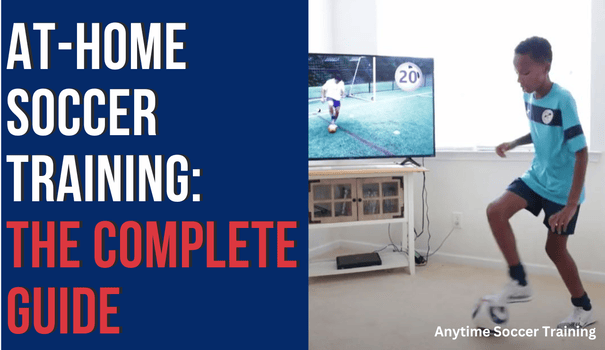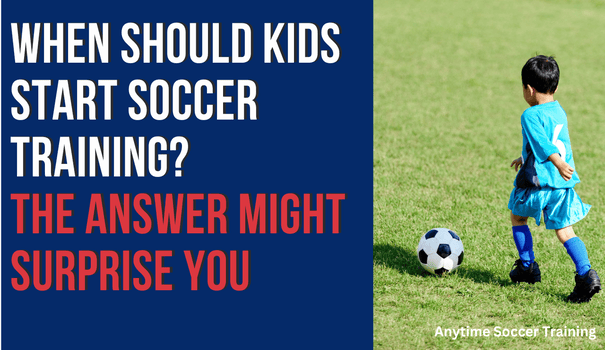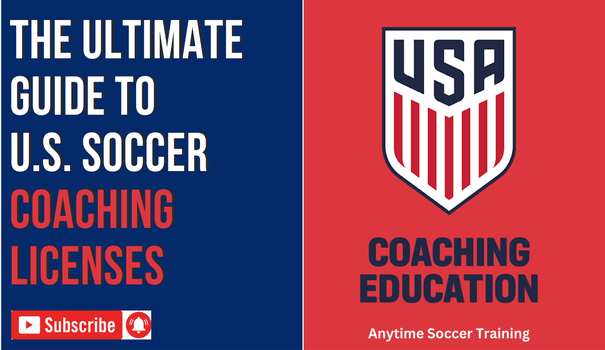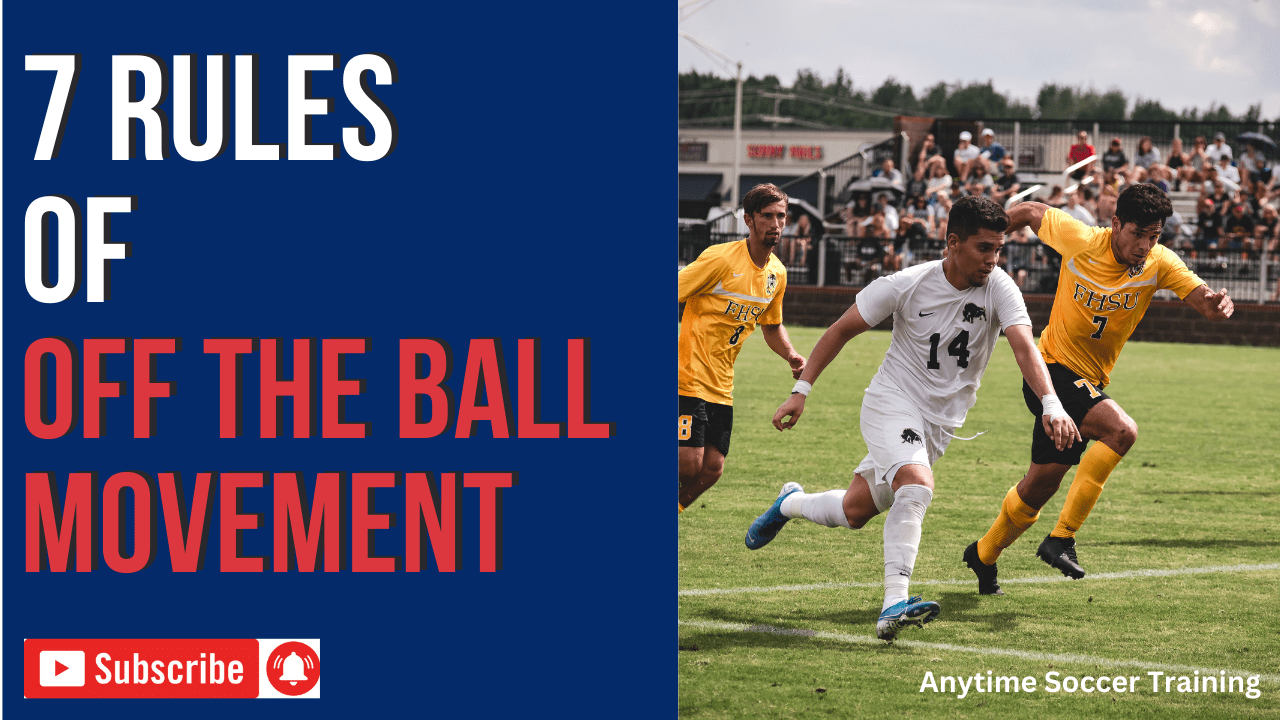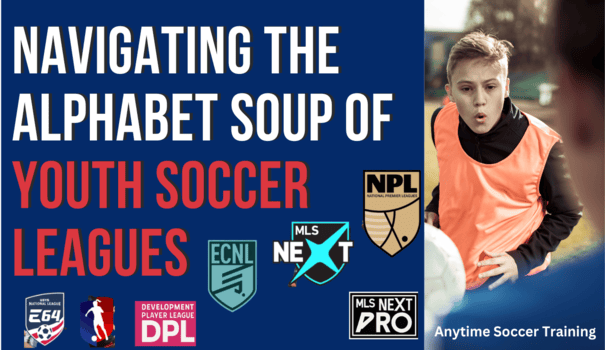
When people talk about youth soccer in the United States, the common refrain is that it’s outrageously expensive—often much more so than in other countries. As a parent involved in youth soccer myself, I’ve certainly felt the financial strain at times.
But after diving into the details and exploring the nuances of the system, I’ve realized that the perception of youth soccer being “too expensive” is a bit misguided. The truth is, the costs of playing soccer in the U.S. are often not as high as people think, especially when compared to other sports.
Let’s unpack the real picture.
What About Free Academies Like Chelsea F.C.?
You’ve probably heard about elite soccer academies abroad, like those run by top-tier clubs such as Chelsea F.C. in the U.K. These academies are often touted as “free” and available to the best talent. While it’s true that Chelsea’s academy offers scholarships to select players, it’s important to recognize that these programs are only available to a very limited number of children. These academies recruit the cream of the crop, usually focusing on players who have already demonstrated exceptional talent and potential from a very young age—often from as early as U9.
In contrast, in the U.S., the pay-to-play system allows children of all skill levels to enter local clubs and participate in competitive soccer. Yes, parents do pay for these opportunities, but the reality is that any child willing to participate in a competitive league can get access to a structured, coached environment, regardless of their talent or background. There are simply far more opportunities for players of varying abilities to get involved. So while Chelsea and similar academies offer great opportunities for a select few, they are not comparable to the broad access that U.S. youth soccer clubs provide.
What About Free MLS Academies?
Another argument that often arises in discussions about the cost of soccer in the U.S. is the presence of free MLS academies. It’s true—Major League Soccer academies offer scholarships to players, which is fantastic.
But there’s a significant catch: MLS academies start recruiting players at the U13 level. In soccer, that’s pretty late. The major European clubs, like those in the English Premier League (EPL), typically begin scouting talent at much younger ages, starting around U9.
By the time players reach U13, they’ve missed out on years of crucial development opportunities. In contrast, children in the U.S. who play in competitive club systems from a younger age may already have an edge in terms of skills, game understanding, and experience. So while MLS academies are doing important work by providing scholarships, they’re offering opportunities at an age when it’s much harder to catch up to players who have had a head start.
A Word on Pay-to-Play: The Real Issue
Let’s talk about the oft-criticized “pay-to-play” model. The reason it gets so much attention is because, for many families, it represents a significant financial investment. But it’s also a misunderstanding to view this system as the root of all the issues in youth soccer. The problem isn’t that families pay for soccer—it’s that there are systemic barriers that make it harder for working-class families to fully participate.
In the U.S., soccer clubs typically involve paid coaches, dedicated fields, and a structured, professional environment. This can require a financial commitment, and with seasons lasting anywhere from 10 to 11 months, the costs can add up. In comparison, grassroots soccer programs often involve volunteer coaches, less frequent practice sessions, and shorter seasons. The key difference is the level of training and competition.
But here’s where the misunderstanding occurs: people often compare U.S. club soccer to grassroots soccer in other countries, and the comparison just isn’t fair. Club soccer in the U.S. offers a more structured and competitive environment—often far above what a grassroots league can provide anywhere else in the world.
The Hidden Barriers to Access
One of the most overlooked problems with the pay-to-play model is that it creates significant accessibility barriers. Practices often start as early as 5 PM, making it nearly impossible for working-class families to attend without sacrificing their jobs or time with their children. On top of that, many soccer fields are located outside of urban areas, further limiting accessibility for families without reliable transportation.
For single-parent families, the situation can be even more difficult. The travel demands of club soccer, especially when it comes to tournaments or away games, can create an overwhelming schedule. Throw in the need for hotel stays and meal expenses, and suddenly soccer becomes a sport that feels increasingly out of reach for many families.
Moreover, while soccer is generally an inclusive sport, the reality is that it’s still largely dominated by upper-middle-class families. The financial and logistical pressures of pay-to-play systems tend to push lower-income families out, making soccer feel like an exclusive sport.
Hybrid Models: A Solution for More Accessible Soccer
If we want to tackle the issues of affordability and accessibility in U.S. youth soccer, we need to rethink how we structure these programs. There’s no reason that competitive soccer should be limited to a small, elite group. We need to create hybrid models that combine parent volunteers with paid coaches, and offer competitive game opportunities that are more affordable than full-on club soccer.
These hybrid programs could provide a solid middle ground between recreational and elite soccer, offering kids a chance to grow their skills without the huge financial burden that comes with full club involvement. This model would allow kids to benefit from quality coaching and consistent play without the enormous costs associated with traditional pay-to-play systems.
The Need for Transparency: A Clear League Pyramid
Another recommendation is to create a transparent and meaningful league pyramid that clearly defines the levels of competition in youth soccer. Parents are often confused by the numerous options available, and the lines between recreational and competitive programs can be blurred. By establishing a clear hierarchy of leagues—from grassroots to competitive to elite—we can help parents make informed decisions about where to invest their time and money.
This transparency will allow families to understand the value of different programs. For example, if a family wants to focus on their child’s development in a competitive environment but can’t afford the high costs of top-tier clubs, they should be able to access a program at a lower cost that still offers quality training and competition. This clarity would reduce the perception that more expensive programs are automatically better, ensuring that the right resources are available to players of all levels.
Conclusion: Rethinking the Cost of Youth Soccer
In conclusion, the perception that soccer in the U.S. is prohibitively expensive is rooted in misunderstandings of the system, not the actual costs. Yes, there are high costs associated with elite-level play, but that’s not the full picture. Soccer in the U.S. is more affordable than people often realize, especially when compared to other sports. The real issue lies in the barriers to access created by the current structure—barriers that prevent many families from fully participating.
By embracing more hybrid models and creating greater transparency in the soccer pyramid, we can make soccer more accessible to families across the country. Ultimately, the goal is to ensure that every child—regardless of background—has the chance to play, develop, and enjoy the game.
Let’s keep pushing for a more inclusive and affordable soccer system, where kids can get better together.
